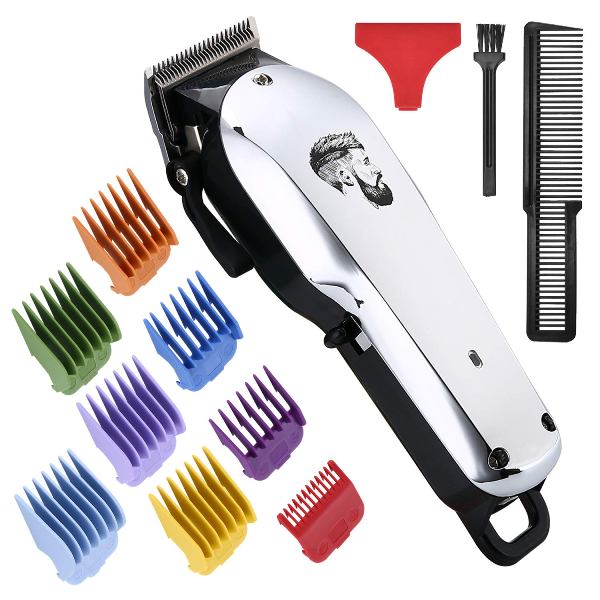Are you a dentist practicing in New York? Have you ever wondered if you need a DEA (Drug Enforcement Administration) registration? If so, you're not alone. Many dentists in New York are unsure about the requirements and benefits of having a DEA registration. In this article, we will explore the topic of whether dentists in New York need a DEA registration and provide you with all the information you need to make an informed decision.
Being a dentist in New York comes with its own set of challenges and responsibilities. One of the pain points that dentists often face is navigating the complex regulations and requirements related to controlled substances. The use of controlled substances is common in dental practices, especially for pain management and anesthesia. However, dentists must adhere to stringent regulations to ensure the safe and legal use of these substances.
The short answer to the question of whether dentists in New York need a DEA registration is yes. The DEA registration is required for any dentist who wishes to prescribe, dispense, or administer controlled substances in their practice. This includes substances such as opioids, sedatives, and anesthetics. The DEA registration is essential to ensure compliance with federal and state laws and to maintain patient safety.
In summary, dentists in New York need a DEA registration to legally handle controlled substances in their practice. This registration is necessary to ensure compliance with regulations and to prioritize patient safety. Now that we have answered the main question, let's explore the topic of DEA registration in more detail.
What is a DEA registration and why do dentists need it?
A DEA registration is a unique identifier issued by the Drug Enforcement Administration to healthcare professionals who handle controlled substances. This registration allows dentists to prescribe, dispense, and administer controlled substances in compliance with federal and state laws.
Having a DEA registration is crucial for dentists as it ensures that they are legally authorized to handle controlled substances. It also helps to prevent the misuse and diversion of these substances, ensuring patient safety. Without a DEA registration, dentists would be unable to provide necessary pain management and anesthesia services to their patients.
Obtaining a DEA registration involves a thorough application process, including background checks and verification of credentials. Once approved, dentists are assigned a unique DEA number, which must be included on all prescriptions and documentation related to controlled substances.
The history and myth of DEA registration for dentists in New York
The requirement for dentists to have a DEA registration is not a new development. The DEA has been regulating the handling of controlled substances since its establishment in 1973. Over the years, the regulations have evolved to address changing healthcare practices and combat the misuse of controlled substances.
There is a common myth among dentists that having a DEA registration is unnecessary or burdensome. However, this myth is unfounded. In fact, having a DEA registration is a legal requirement for dentists who handle controlled substances. It is an essential part of ensuring patient safety and complying with federal and state laws.
The hidden secrets of obtaining and maintaining a DEA registration
Obtaining and maintaining a DEA registration may seem daunting, but it doesn't have to be. Here are some hidden secrets to make the process easier:
- Start the application process early: It can take several weeks or even months to complete the DEA registration process, so it's important to start early.
- Stay up to date on regulations: The DEA regulations can change, so it's crucial to stay informed and ensure compliance.
- Keep accurate records: Maintaining accurate records of controlled substances is essential for DEA compliance and audits.
- Invest in training: Proper training on the use and handling of controlled substances can help prevent errors and ensure patient safety.
Understanding the importance of DEA registration for dentists in New York
Having a DEA registration is not just a legal requirement; it is also crucial for dentists to ensure patient safety and provide quality care. The registration process helps dentists understand the regulations and guidelines for handling controlled substances, reducing the risk of misuse and diversion. It also allows dentists to collaborate with other healthcare professionals and participate in programs aimed at combatting the opioid crisis.
Tips for dentists in New York regarding DEA registration
If you are a dentist in New York considering obtaining a DEA registration, here are some tips to help you through the process:
- Research the requirements: Familiarize yourself with the specific requirements for obtaining a DEA registration in New York.
- Prepare the necessary documents: Gather all the required documents, including proof of education, state license, and DEA application forms.
- Complete the application accurately: Double-check all the information provided on the application form to avoid delays or rejections.
- Stay informed: Keep up to date with any changes or updates to the DEA regulations that may impact your practice.
Conclusion of DEA registration for dentists in New York
In conclusion, dentists in New York need a DEA registration to legally handle controlled substances in their practice. This registration is essential for complying with federal and state laws and ensuring patient safety. Although the process may seem complex, it is necessary to prioritize the responsible use of controlled substances and provide quality care to patients.
By following the tips and recommendations mentioned in this article, dentists in New York can navigate the DEA registration process with ease and confidence. Remember, obtaining a DEA registration is an investment in your practice and the well-being of your patients.
